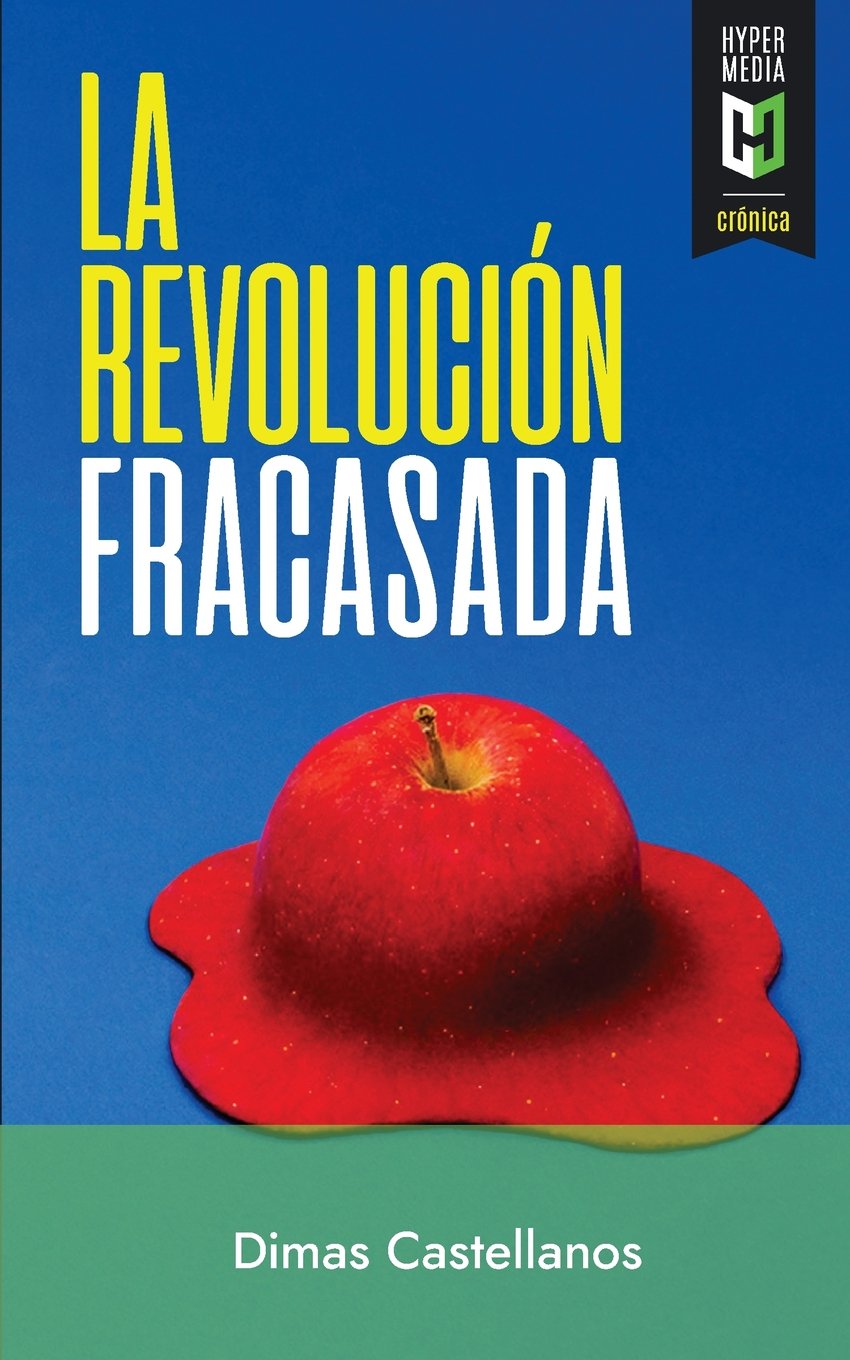Cuba’s Quandary: A Market Economy or Famine
The result of the totalitarian model has been the destruction of its main sources of resources and their replacement by fragile and uncontrollable solutions.
According to the 1958 sugar industry almanac, a year before the revolutionaries took power Cuba produced 72% of everything that was consumed in the country, and imported the other 28%. Today it produces approximately 20% and imports 80%. There were inequalities to work out, but the economy was growing. The secret: only what is produced can be distribute.
To solve Cuba's inequalities Fidel Castro promised in 1959 that he would "increase agricultural production, double the consumption capacity of the agricultural population, and achieve a standard of living for the people higher than that of any other nation." To this end, he eliminated the market economy, replaced private property with state property, implemented centralized planning, and limited Cubans’ freedoms, erasing the traditional concept of the citizen.
In August of 2020, 61 years later, the vice-secretary of the Communist Party, José Ramón Machado Ventura, called on Cuba to "take advantage of every opportunity to produce food, because the country cannot continue with these high imports of food and animal feed, which we can produce internally."
What happened between the promise of 1959 and the current shortage?
Economics has laws all its own. If it is subordinated to ideology, it stagnates; if the stagnation is prolonged, it regresses; if the involution is maintained, it leads to famine. In July of 2007, after multiple failures, Raúl Castro criticized the country's inefficiencies in agriculture, emphasized the vital importance of producing in Cuba what is bought abroad, and recognized the existence of huge swathes of land overgrown with marabou.
In February of 2008, when he was appointed president of the Council of State, Raúl Castro recognized the error of having nationalized almost all the country's property, and announced the introduction of a minimal reform plan aimed at developing strong and efficient agriculture, getting people to feel the need to work for a living and reject illegalities and other manifestations of corruption; shrinking the workforce, and promoting self-employment. Then, on December 18, 2010, in the National Assembly of Popular Power, he emphatically stated: "Either we rectify the situation or the time to continue treading near the precipice is running out; we will fall, and we will squander the efforts of entire generations."
At the Sixth Party Congress, held in 2011, the reform plan was accepted as an agreement and set forth in the Guidelines of Economic and Social Policy. The problem stemmed from the fact that, instead of restoring the market economy, the cause of Cuba's failure was preserved: socialist planning and state enterprises as the main instruments.
Proof of the above is that a few days after the Sixth Congress, at the Party's 15th provincial conferences, held between May and June 2011, Machado Ventura repeatedly endorsed basing the economy on ideology. Some of his proposals were: the Party has to determine what everyone gets, everywhere, with names and surnames; we have to know in advance what each producer is going to sow and harvest; we have to pursue those whose lands are not productive; etc.
As 2015 gave way to 2016, the worsening of the crisis was reflected in the central report to the Seventh Party Congress: "the existence of an attitude of inertia and lack of confidence in the future; foot- dragging in the implementation of the approved policies; improvisation, superficiality and lack of integrity due to the improper execution of work; and a lack of foresight and agility in the implementation of the Guidelines."
The starkest example of the regression is Cuba's sugar industry: in 1905 1,230,349 tons were produced; in 1925, more than five million; and in 1952 the figure of 7.1 million tons was reached. In contrast, with a strident effort that rattled the entire economy in 1970, just over 8.5 million were produced. In 1990 the decline began. In 2001 just 3.5 million tons were produced. With the decline 71 of the 156 mills were closed, and production fell to 2.10 million tons in 2003. In 2005 another 40 of the 85 surviving mills were closed, and production fell to 1.3 million tons. The Sugar Ministry was then replaced by the AZCUBA Business Group, which proceeded to fail to comply with all the plans. By 2020 the drop was so dramatic that, for the first time, the quantity produced was not even disclosed.
A similar thing happened with two other key industries between 1958 and 2020: beef cattle dropped from about six million head to just over three million; while coffee fell from 60,000 tons to about 6,000 – and the population has almost doubled since then.
Despite the "orientation tours" in provinces and municipalities implemented by Machado Ventura and other party leaders, it was impossible to halt the decrease, indicating that the nationalized economy, combined with ideological orientations, was utterly incompatible with growth. The result: Cuba, which was once the largest sugar producer in the world, is now among the countries with the lowest sugar and agricultural production and productivity, in general.
The loss of autonomy (to the economy what oxygen is to living bodies), together with voluntarism, centralized command and planning, the incompetence of bosses and administrators, and the loss of incentives for producers, all shapes the agricultural inefficiency that characterizes sugar production, and all Cuban agriculture.
Gustavo Pittaluga, in his book Dialogues on Destiny, wrote that a country's destiny cannot be to sell sugar in order to buy cars. He added: "in our economy and in our social policy the growth of the sugar industry must be favored; meanwhile, collateral agricultural diversification and the growth of small industries must be encouraged as much as possible."
The result of the totalitarian model has been the devastation of Cuba’s main sources of resources, and their replacement by fragile and uncontrollable solutions, such as the hiring of professionals under conditions of modern slavery, tourism, and family remittances.
The totalitarian model is simply unworkable, and time is running out. The Government faces a thorny contradiction: the incompatibility of changes with preservation of the model, which has placed Cuba in a real bind. The country must now embrace a market economy to overcome shortages, or famine will be inevitable.




